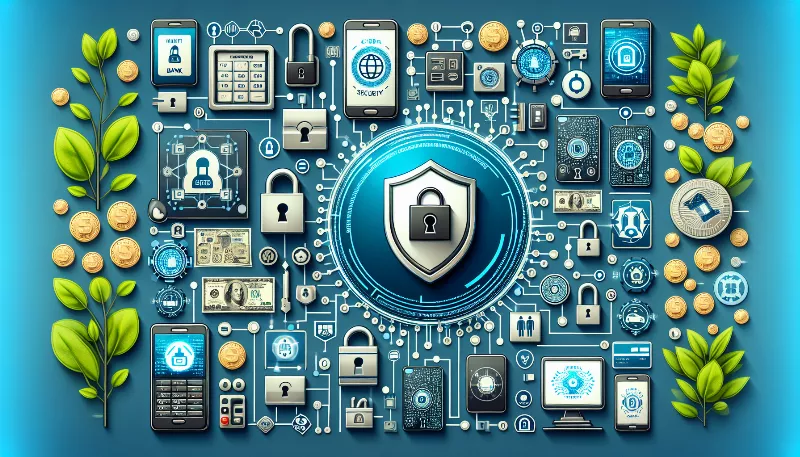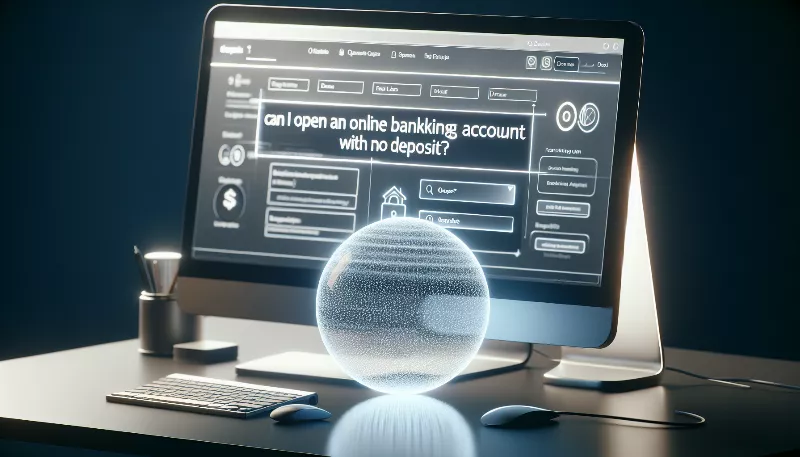How do multi-factor authentication systems enhance online banking security?
Discover the power of multi-factor authentication for online banking! Learn how it fortifies security, thwarts hackers, and protects your financial data.

Revolutionizing Banking Security with Multi-Factor Authentication
Imagine a world where your financial assets are shielded by an impenetrable digital fortress, a world where the mere combination of a username and password is no longer the sole gatekeeper to your online banking vault. This is the reality that multi-factor authentication (MFA) brings to the table, transforming the landscape of online banking security with its robust, layered defense mechanisms.
The Magic Behind Multi-Factor Authentication
At its core, multi-factor authentication is a security system that requires more than one method of verification from independent categories of credentials to validate a user's identity for a login or other transaction. This approach combines something you know (like a password), something you have (such as a mobile device), and something you are (biometric verification) to create a dynamic shield against unauthorized access.
A Symphony of Security Layers
By integrating multiple checkpoints before granting access, MFA creates a symphony of security layers. Each factor acts as a new line of defense, making it exponentially harder for cybercriminals to breach your bank account. Even if one factor, like your password, falls into the wrong hands, the additional factors stand as vigilant guardians, keeping your finances safe and sound.
Adapting to New-Age Threats
In an era where phishing attacks, keylogging, and data breaches are all too common, MFA adapts to these new-age threats with grace and agility. It ensures that even if personal information is compromised, the chances of a hacker gaining full access to your online banking are minimal. This adaptability makes MFA not just a tool, but a formidable ally in the fight against cybercrime.
User Experience Meets Fortified Security
While enhancing security, MFA also strikes a balance with user experience. Banks have been keen on implementing user-friendly MFA solutions that do not overly complicate the login process. With the advent of push notifications, biometric scanners, and one-time passwords, the process is both straightforward and secure, ensuring that customers remain both protected and pleased.
Building Trust in Digital Banking
MFA does more than just protect; it builds trust. In a digital age where trust is currency, banks that employ MFA demonstrate their commitment to customer security. This commitment fosters a sense of confidence and loyalty among users, who can rest assured that their online transactions are guarded by a state-of-the-art security system.
Conclusion: A Beacon of Banking Security
Multi-factor authentication stands as a beacon of banking security, illuminating the path to a safer online banking experience. By requiring multiple forms of verification, MFA ensures that your financial sanctuary remains inviolable. As we navigate through the digital domain, MFA will continue to be an essential ally, championing the cause of secure, hassle-free online banking for all.









